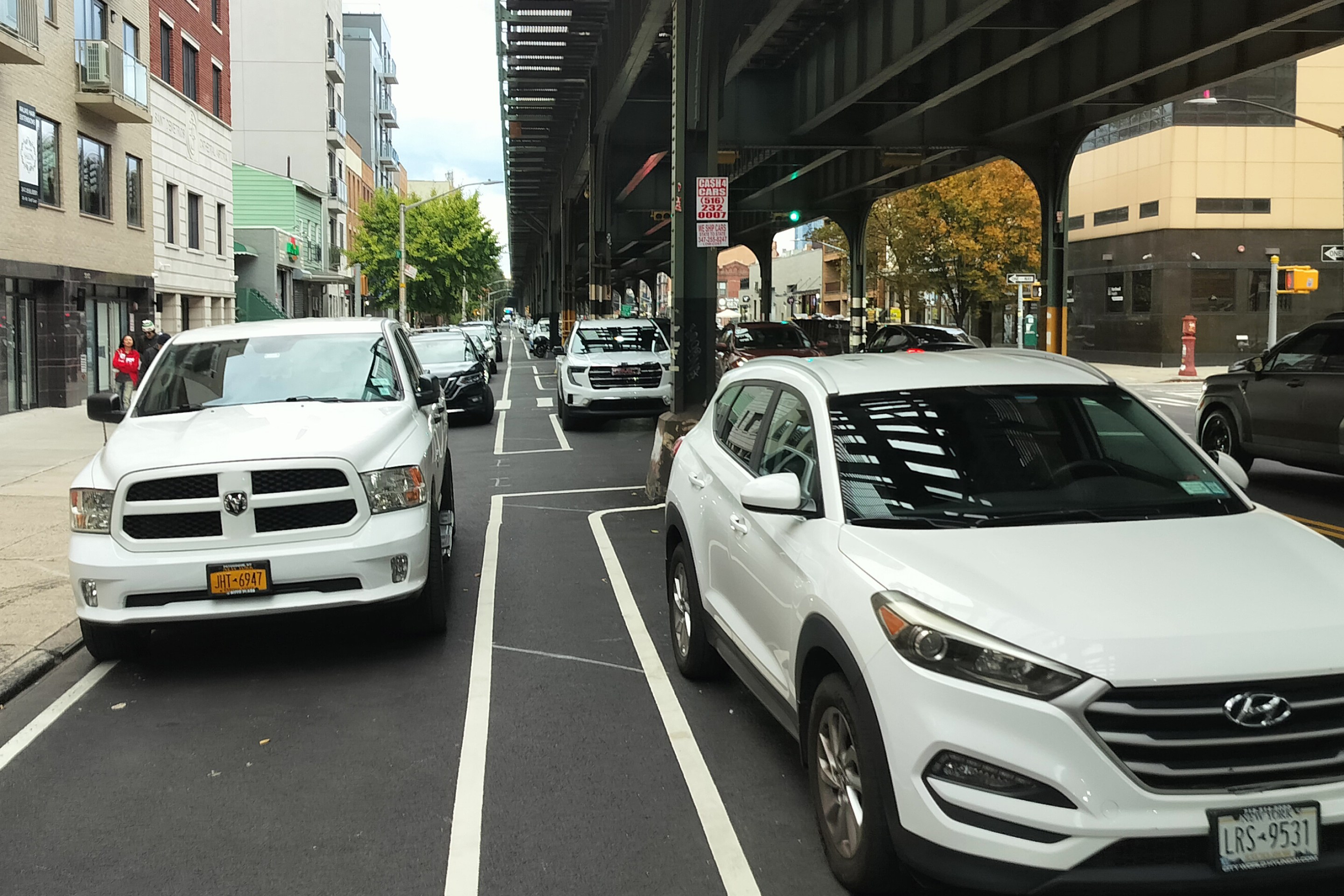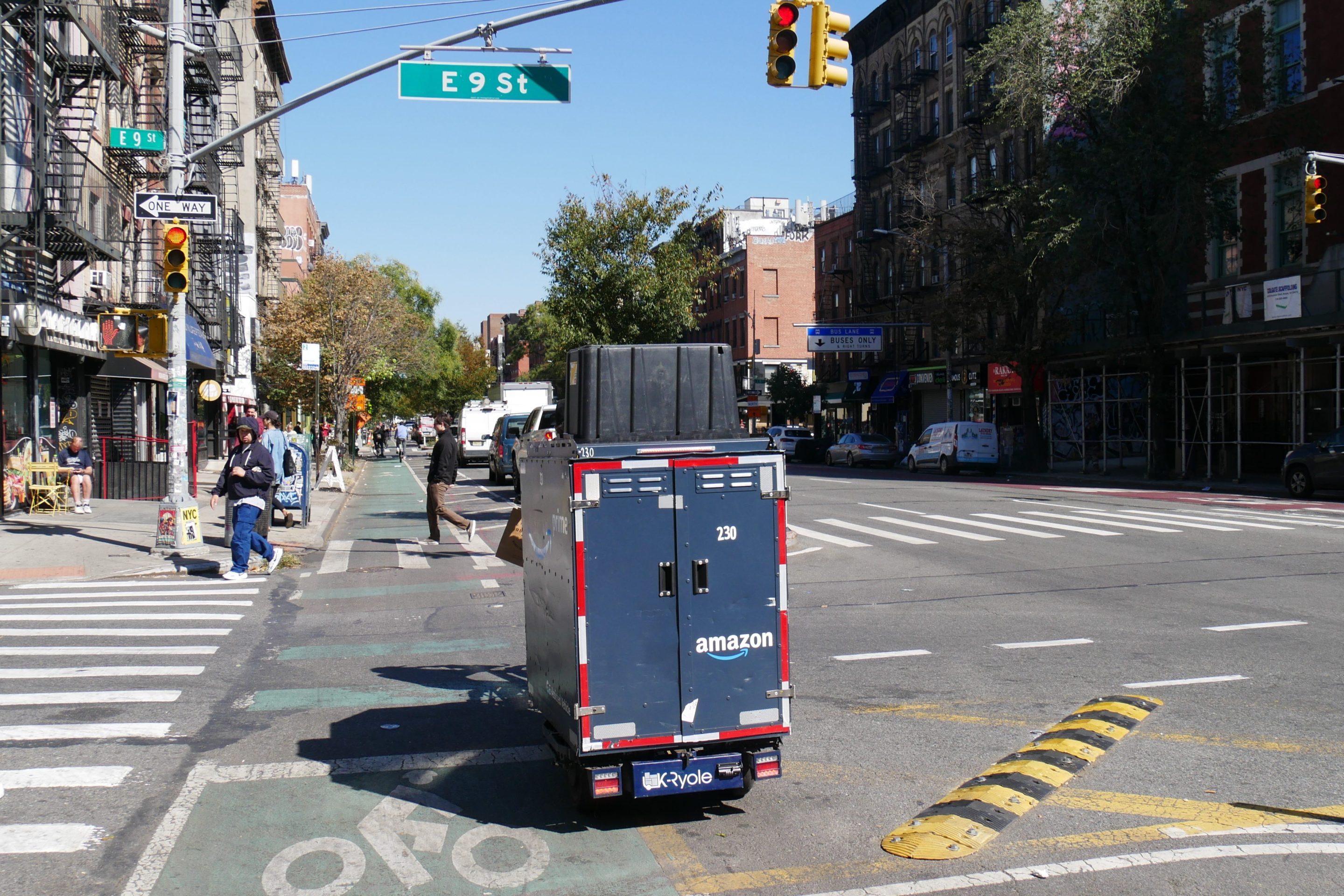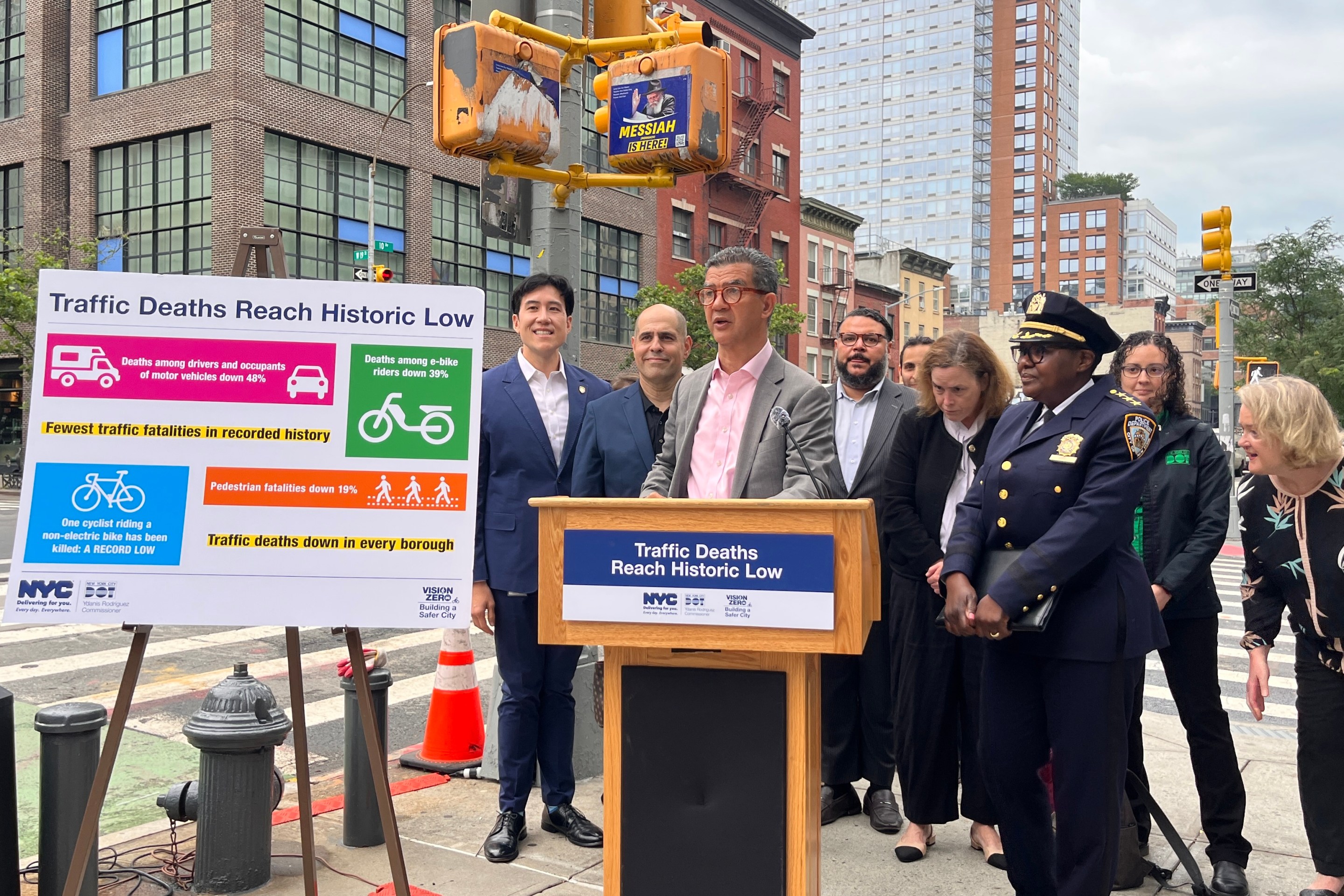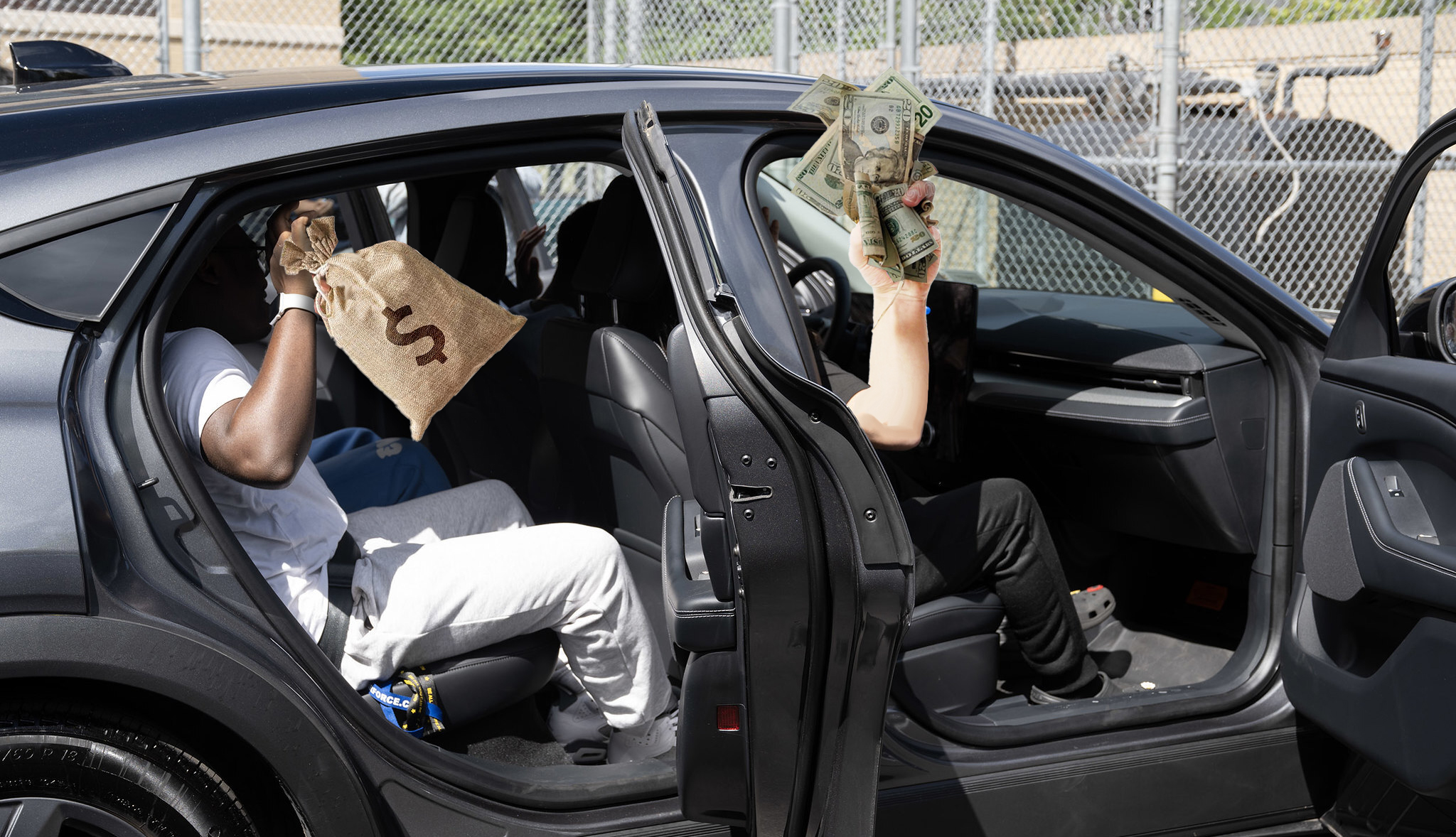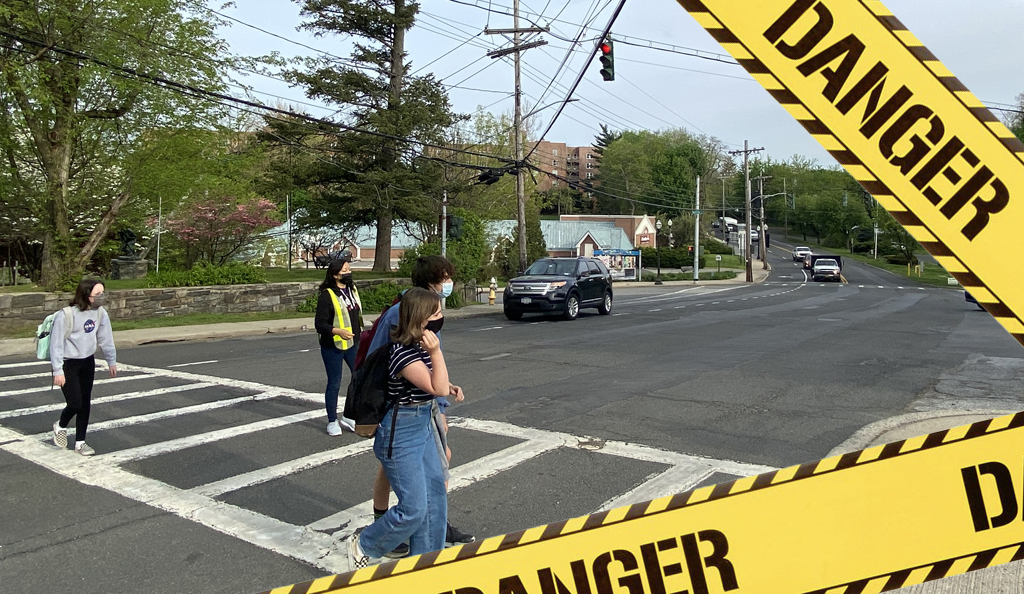This whole “peak car” may be more than just a sustainability nut’s fantasy. We’ve seen time after time that young people are souring on car culture and finding other ways to get around and connect with friends. We know that the suburban sprawl that fueled the rise of the automobile is in decline. And now The Economist – no treehugging lefty publication – is listing off reason after reason why the trend of declining driving -- "peak car," they call it -- is here to stay.
First, let’s be clear: Driving rates are plateauing and even dropping in developed countries, or what The Economist bluntly calls “the rich world.” Developing countries are a few decades behind and are just entering a car acquisition stage. According to a study conducted earlier this year, 20 developed countries show a “saturating trend” on driving. The results are the same for all three measures of saturation: total distance driven, distance per driver and total trips made. “After decades when each individual was on average travelling farther every year, growth per person has slowed distinctly, and in many cases stopped altogether,” the article states.
Is it just the recession? High unemployment? Stubborn gas prices? The Economist, like many analysts before, says the trend goes deeper than those temporary factors. Here’s why:
Generational shift. The generation that went cruising around town in tail-finned Chevys is in retirement now. More American retirees have drivers licenses than ever before -- and “more than 90 percent of people aged 60-64 can drive, a larger share than for any other cohort,” the article states. “New generations of drivers will replace old ones rather than add to the total number.” Older people tend to drive shorter distances than younger ones.
Meanwhile, throughout the developed world, young people are less eager to start driving and they're getting their licenses later. Studies show that people who learn to drive later in life continue to drive less. Gordon Stokes of Oxford University found that people in Britain who learn in their late 20s drive 30 percent less than those who learn a decade earlier.
Geography. The growing preference for urban living, fueled in part by a desire to walk more and drive less, also reduces VMT. In wealthy countries, car use is still stable or increasing in rural areas, but that’s not where the future is. “The OECD, a rich-country think-tank, expects that by 2050, 86 percent of the rich world’s population will live in urban areas, up from 77 percent in 2010.” Nature magazine recently mapped the urbanization trend, noting, "The United Nations predicts that cities will absorb all of the world's population growth -- of around 2.3 billion people -- in the next four decades." [emphasis mine]

